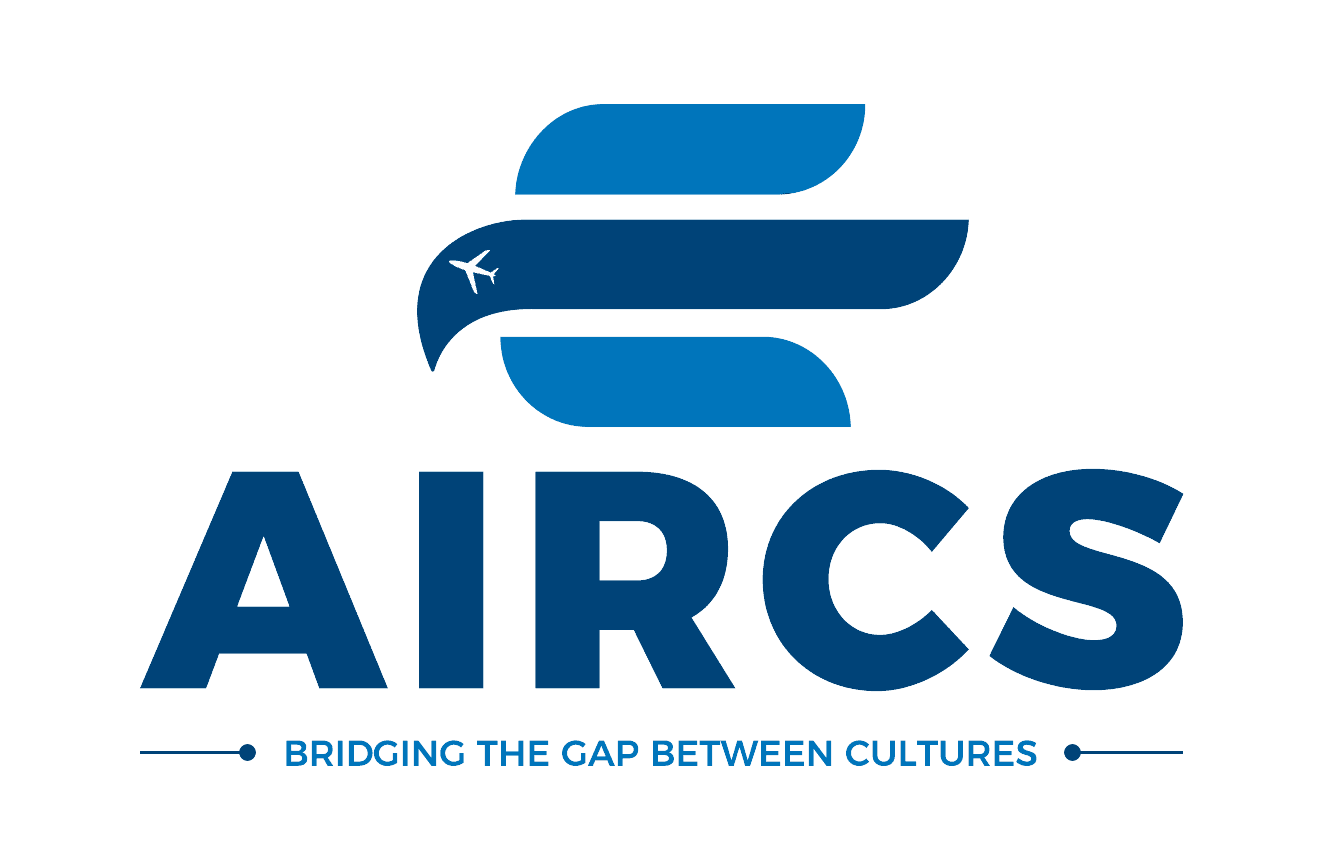Canada business immigration services in Rawalpindi by AIRCS.pk – Start your journey toward Canadian PR through investment or entrepreneurship.
Introduction: Unlock Business Opportunities in Canada from Rawalpindi
Canada is one of the top global destinations for entrepreneurs, investors, and business owners seeking long-term stability, high returns, and a quality lifestyle. If you’re based in Rawalpindi and exploring ways to expand your business or relocate through legal investment pathways, then Canada’s Business Immigration Programs offer the perfect solution.
At AIRCS.pk, we help Rawalpindi-based investors navigate the Canadian business immigration system with expert legal guidance, document preparation, and personalized strategies that lead to successful results.
Why Choose AIRCS.pk for Canada Business Immigration from Rawalpindi?
When you’re making a major decision like immigrating through investment, experience and precision matter. Here’s why AIRCS.pk stands out:
Local Experts with Global Knowledge
Our immigration professionals understand both the local Pakistani business environment and the intricacies of Canadian immigration laws.
Tailored Immigration Strategy
We assess your financial profile, business background, and long-term goals to recommend the most appropriate Canadian immigration route — including Start-Up Visa, Self-Employed Program, or Provincial Nominee Entrepreneur Streams.
End-to-End Case Handling
From business plan writing to biometrics and interviews, we guide you through every step until you land in Canada.
High Approval Rates & Legal Compliance
We work with licensed RCICs (Regulated Canadian Immigration Consultants) to ensure your application meets IRCC standards.
Rawalpindi-Based Support
Visit our local office for in-person guidance, updates, and legal consultation at any stage of your application.
Business Immigration Pathways to Canada We Offer
1. Canada Start-Up Visa Program
Ideal for innovative entrepreneurs with a scalable business idea and support from a designated organization.
- AIRCS helps draft your business pitch
- Connect with designated angel investors, VCs, or incubators
- Ensure all IRCC application requirements are met
2. Provincial Nominee Entrepreneur Programs (PNP)
Most Canadian provinces (e.g., Ontario, British Columbia, Saskatchewan) offer business immigration streams with:
- Minimum net worth and investment thresholds
- Active business management requirements
- Residency obligations
We help you:
- Identify the best province based on your business goals
- Prepare the Expression of Interest (EOI)
- Submit your full application and meet interview criteria
3. Self-Employed Person Program
If you have experience in arts, culture, sports, or farming, Canada welcomes self-employed professionals to contribute to its economy.
We help verify your eligibility and build a compelling case for approval.
Eligibility Criteria for Canada Business Immigration
Benefits of Canada Business Immigration
- Path to Permanent Residency (PR)
- Bring Your Family (spouse and children included)
- Access to Free Education and Healthcare
- Open Business Environment
- Strong Legal and Financial System
Why Rawalpindi Entrepreneurs Trust AIRCS.pk
- Over 1,000+ successful immigration cases handled
- Certified consultants and legal advisors
- Offices in Rawalpindi for local support
- Personalized support from planning to post-landing
- Affordable pricing and no hidden costs
Frequently Asked Questions (FAQs)
What is the minimum investment required for Canada business immigration?
It depends on the program. Most PNPs require between CAD $100,000 to $300,000. Start-Up Visa does not have a set investment minimum but requires backing from a designated organization.
Do I need to speak English to apply?
Yes, basic proficiency is required. Programs usually require IELTS with CLB 4–5 or higher.
How long does it take to process a business immigration application?
On average, it takes 12–24 months, depending on the program and province.
Can I apply without owning a business in Pakistan?
Yes, as long as you have business management experience and meet financial criteria, you may still qualify.
Does AIRCS.pk help with business plan writing?
Yes! We provide professional business plan development based on IRCC and provincial standards.
Take the Next Step Toward Canada – Book a Consultation Today!
If you’re a business owner or investor in Rawalpindi looking to expand to Canada, now is the time. Let AIRCS.pk be your trusted guide.
Schedule your free consultation today





